Plant over several inches of mulch?
emcoggins
last year
Featured Answer
Sort by:Oldest
Comments (12)
emcoggins
last yearRelated Discussions
Several Apple Planting Questions
Comments (28)Bob, I have many zig-zag plantings, you and I are thinking alike! In fact the majority of my trees are in this form. The idea has also been around for some time, I found some Italian researchers exploring this idea in the 1970's, they called it a "double row". My double rows I did more narrowly than yours; I have apples with only 1.5' diagonal, and my pears and Euro plums have a ~2.75' diagonal. These double row spacings have not been a big success, and its one reason why I was above complaining about problems with Euro plums and pears (the apples actually worked out OK, they fruited well, but they are still too much hassle to prune). I didn't mention the fact that they were double rows above, but I think that made the close spacing problem even worse for my problematic Euro plums and pears. Your double-rows are a lot wider than I made mine, with 4' between the zig and the zag. That may make things work for you, not sure. The one case where I feel a double row has so far worked well is in a peach/plum planting I did a few years ago, I did them at about 5' horizontal spacing and about 4' vertical. So, given how peaches are a bit more vigorous than a dwarf apple I could see 4' working for you. Your pears are only two and have more space on all the other sides so 4' would not be as big a deal for those two; if you had a long row of pears I would make the zig/zag width be 5' or 6' minimum. Overall I'm not sure how much help if any the zig/zag is over just putting the trees in a straight line at the same net spacing (i.e. putting your apples in a line at 3'), but its worth experimenting with. Scott...See MoreIn This Severe Drought, Invaluable Leaf Mulch in Action
Comments (15)No doubt Mindy that leaf mulch is invaluable to the gardens. I started using them about 5 years ago and have never looked back. I bring home shredded leaves which have been left at the curb by homeowners who have not yet realized their value. Although we are surrounded by deciduous trees, there is not nearly enough to feed our gardens and compost. I also gather whole leaves and pile them to make leaf mold, leaving them to rot for at least a year. By the time I get to them they are black gold. I've done the mower and the shredder and the shredder beats the process hands down. One thing I've discovered through my experience and discussions in the Soil and Compost Forum is that we all underestimate the carbon value of leaves in our perennials beds. Given the choice today to feed perennials with a nitrogen source or a carbon source, my choice would be leaves for their carbon. :O)...See MoreMulch on top of herbs over winter
Comments (12)Thanks for all the advice and I'm really glad I asked this question. As I read various articles on the internet about winter mulching, it looks like maybe the idea is to mulch *around* the plant so as to maintain uniform soil temperatures around the root and therefore prevent the ground from heaving from freezing and thawing, rather than to keep the plant warm which is what I originally thought. In that case I wouldn't put the mulch on top of the plant (though that one article I mentioned does seem to suggest doing that -- though maybe I'm misreading it). And maybe the thyme will be fine unmulched but not the oregano. I'm hoping the oregano will at least survive my 6b winter if not keep its leaves green. Whether either the thyme or oregano will remain green during the winter is anyone's guess, but from what folks are saying I shouldn't be surprised if they don't....See MoreMulches Aren't Just Mulches in Australian Plants online
Comments (1)Nitrogen draw down is a significant problem for your vege patch that contains 'hungry' shallow rooted annual, biannual and short lived perrenial plants. But even here you can compensate by liberally sprinkling blood and bone over the soil surface before laying the green mulch....See Moredchall_san_antonio
last yeartete_a_tete
last yearlast modified: last yearklem1
last yeardchall_san_antonio
last yearJohn D Zn6a PIT Pa
last yearlast modified: last yearemcoggins
last yearkrnuttle
last yearlast modified: last yeardarth_veeder
last yeartete_a_tete
last year
Related Stories
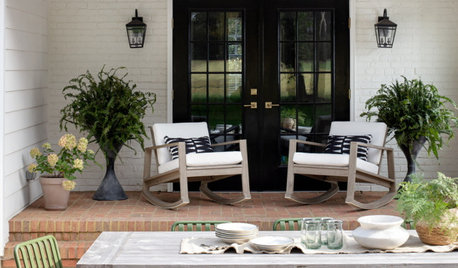
SUMMER GARDENINGHow to Water and Refresh Your Potted Plants Over the Summer
Keep container gardens looking lush by cooling them down when temperatures rise and by giving them a seasonal spruce-up
Full Story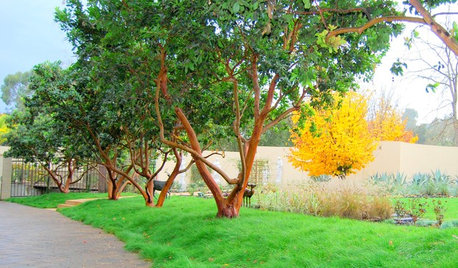
GARDENING GUIDESGarden Myths to Debunk as You Dig This Fall and Rest Over Winter
Termites hate wood mulch, don’t amend soil for trees, avoid gravel in planters — and more nuggets of garden wisdom
Full Story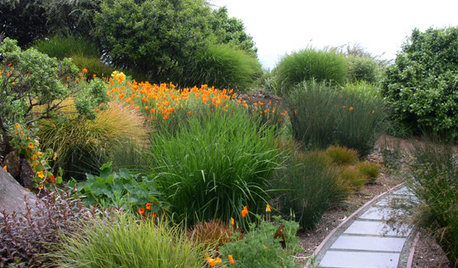
GARDENING GUIDESNew Ways to Think About All That Mulch in the Garden
Before you go making a mountain out of a mulch hill, learn the facts about what your plants and soil really want
Full Story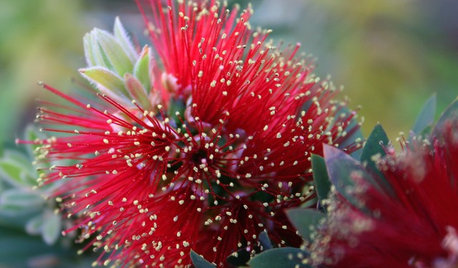
GARDENING GUIDESGreat Design Plant: Velvety Dwarf Bottlebrush Beckons a Touch
Brilliant red blooms and inviting textures will capture your heart, but the low maintenance and small size will win over your practical side
Full Story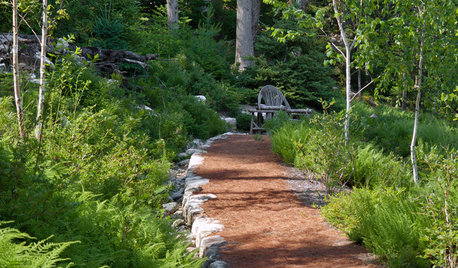
GARDENING GUIDES5 Things to Know About Weeding and Mulching Your Native Garden
What’s the best time to pull weeds? How thick should the mulch be? Here’s the scoop for a healthy landscape
Full Story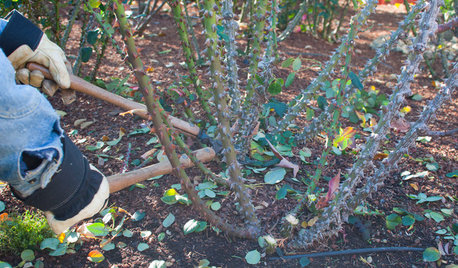
ROSESHow to Care for Your Roses Over Winter
Get advice on protecting against cold in cold-winter regions and pruning and planting in mild-winter regions
Full Story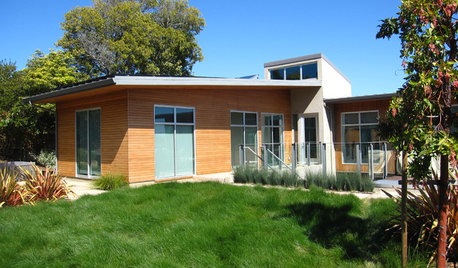
GARDENING GUIDESHow to Plant a New Lawn From Seed
Choose from more grass varieties and save money over sod by starting your lawn from seed
Full Story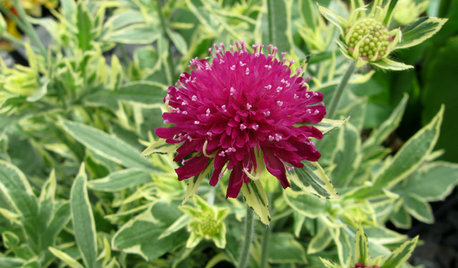
GARDENING FOR BUTTERFLIESGreat Design Plant: Thunder and Lightning for Midsummer Garden Color
Get over the mouthful of a name; focus on the dramatic foliage and gorgeous magenta flowers of Thunder and Lightning field scabious
Full Story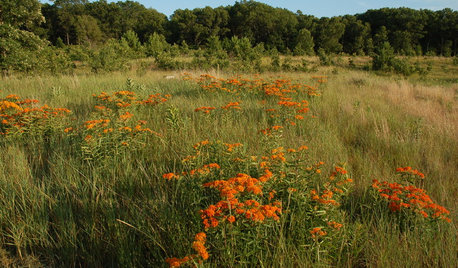
GARDENING GUIDESThe Art of Green Mulch
You can design a natural garden that doesn’t rely on covering your soil with wood and bark mulch
Full Story
GARDENING GUIDESHow to Pick a Mulch — and Why Your Soil Wants It
There's more to topdressing than shredded wood. Learn about mulch types, costs and design considerations here
Full Story



krnuttle